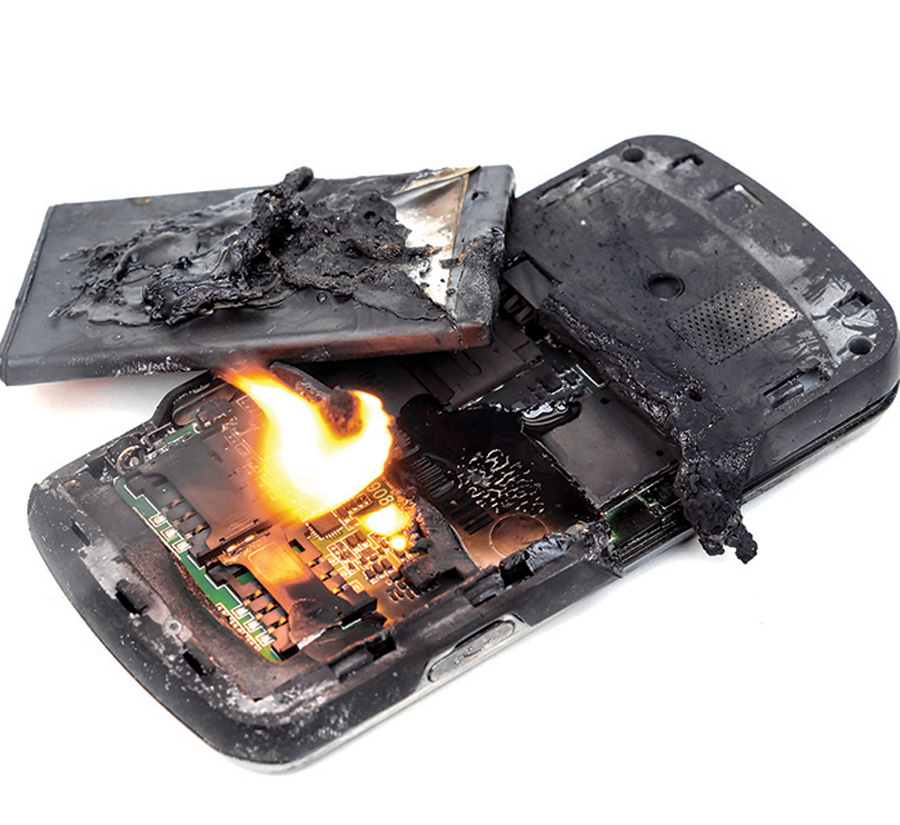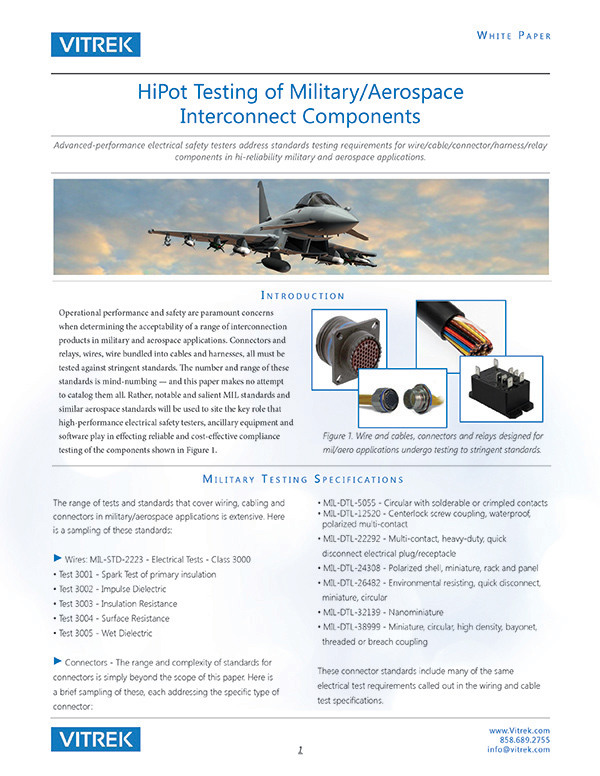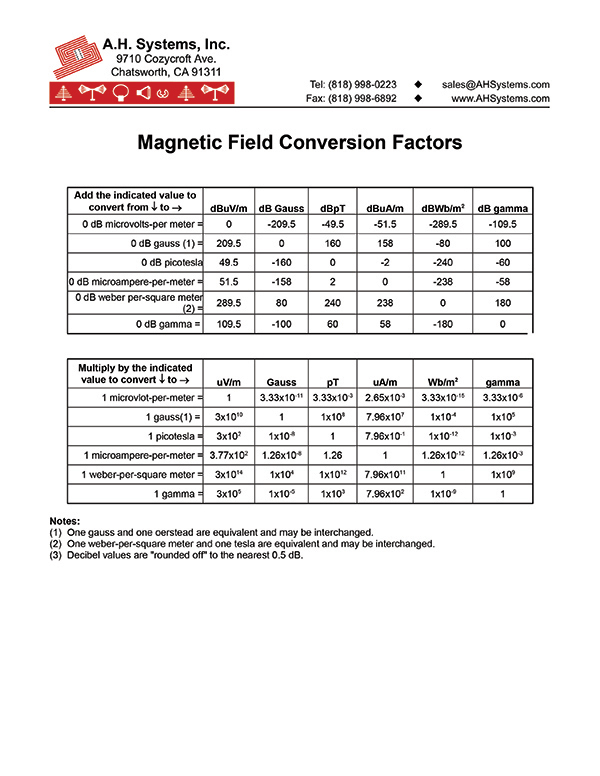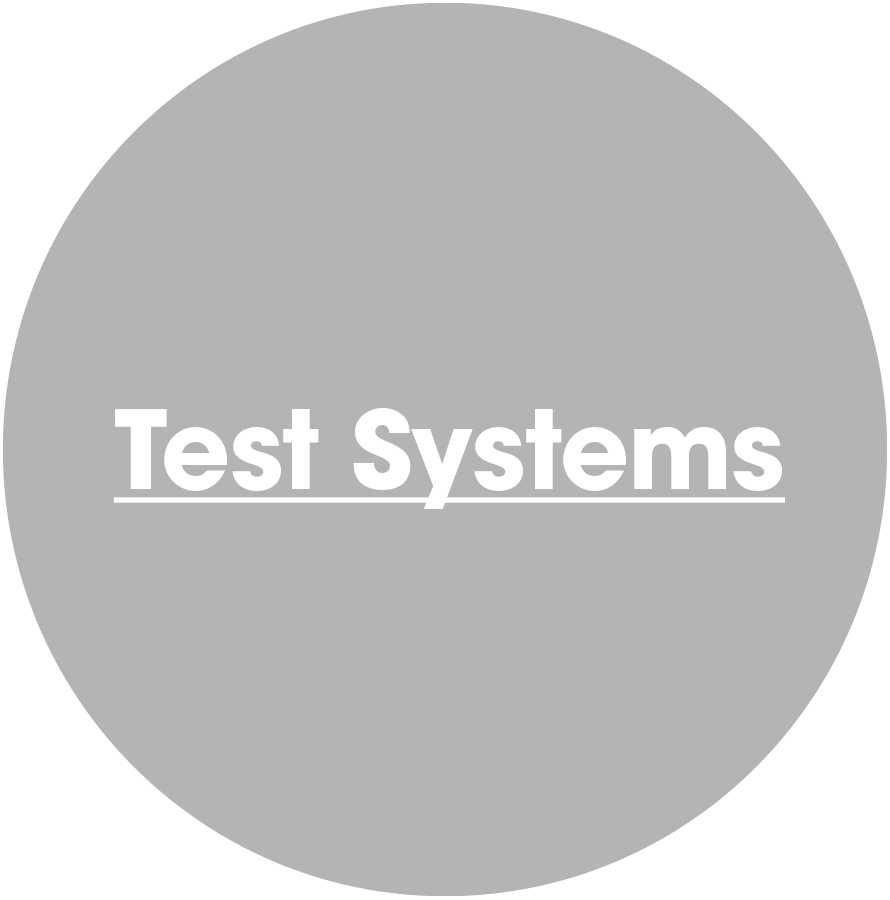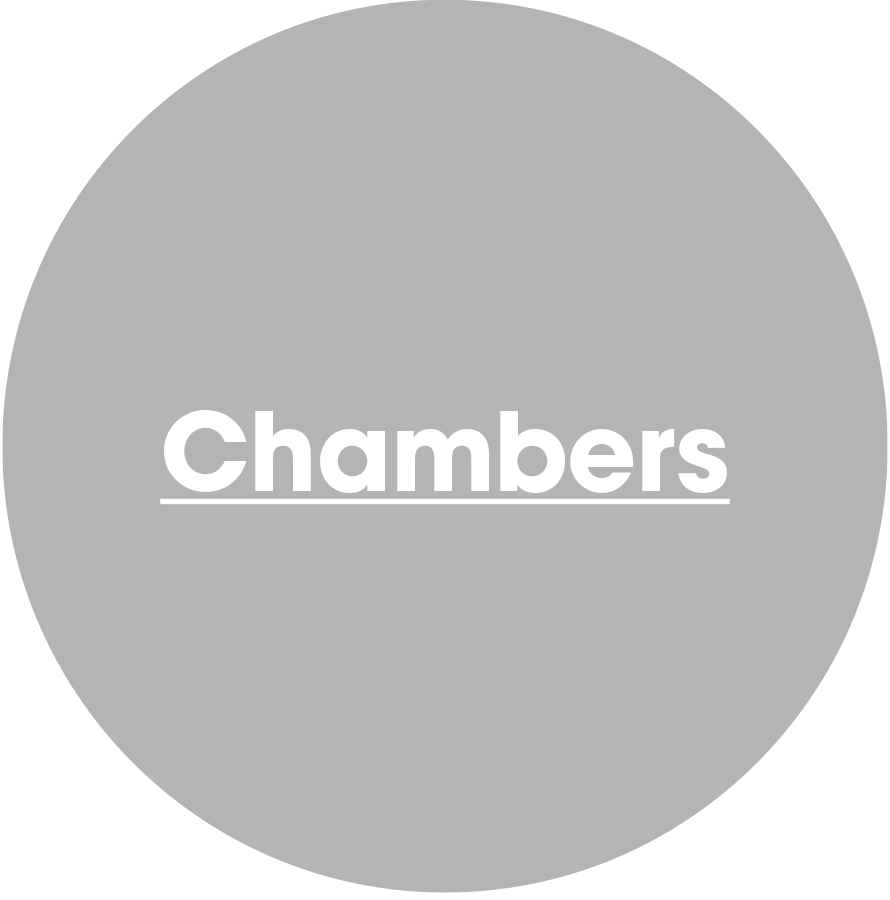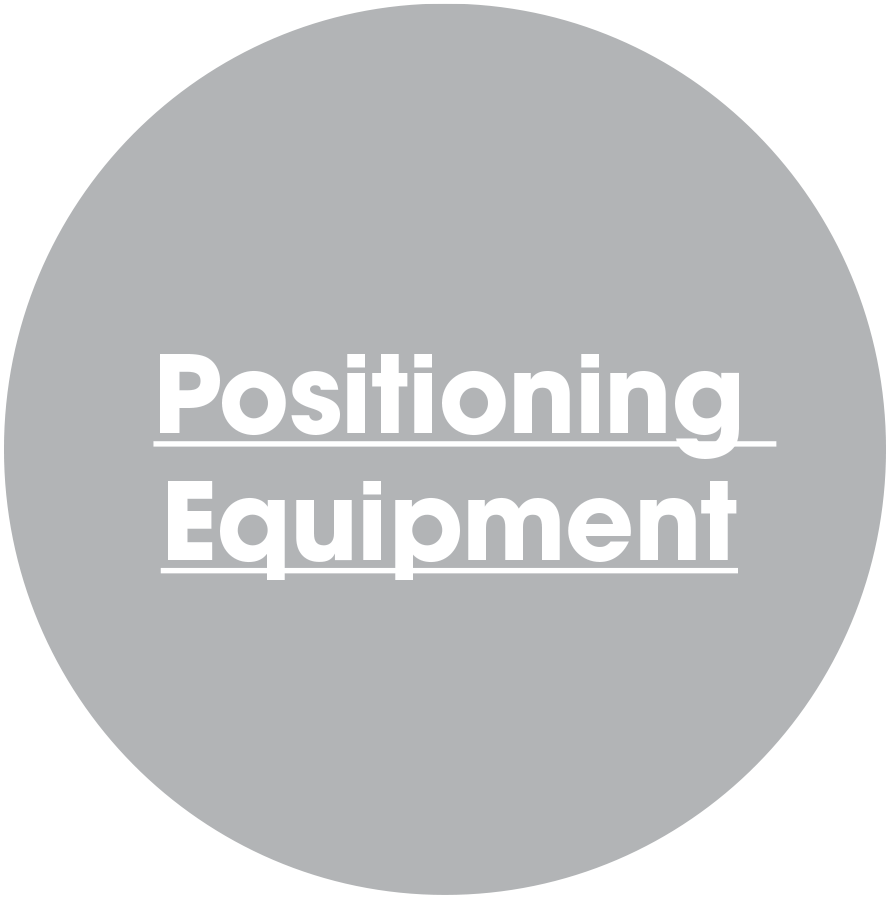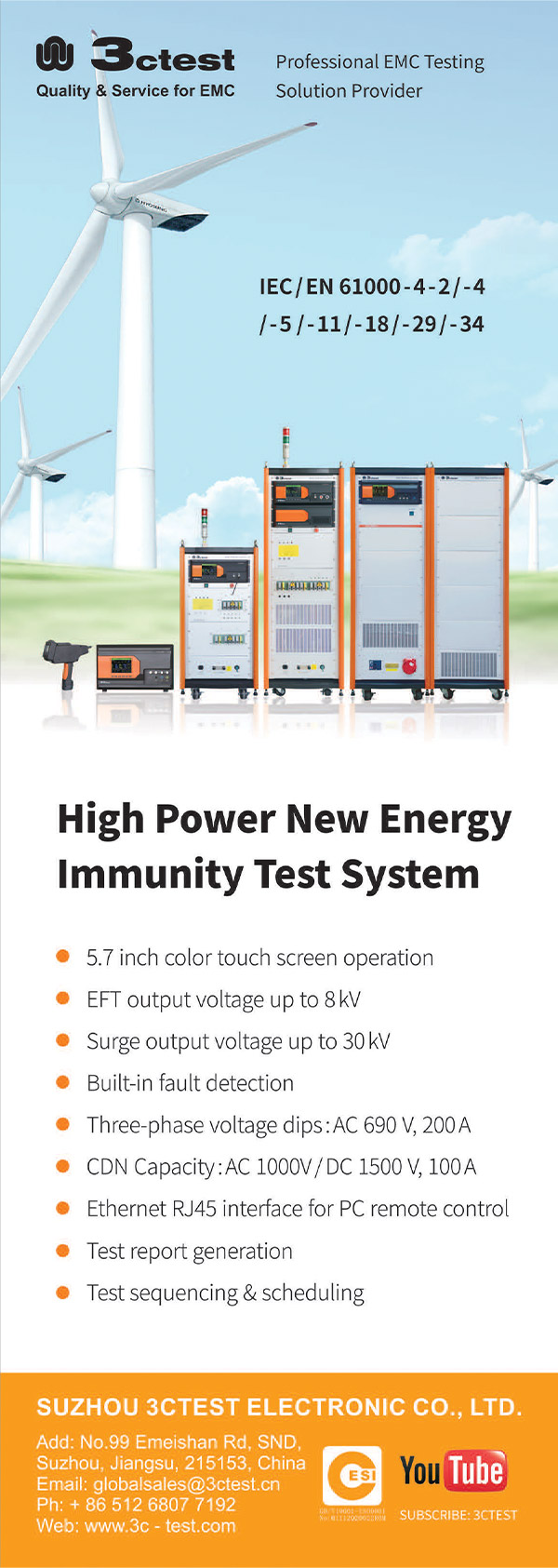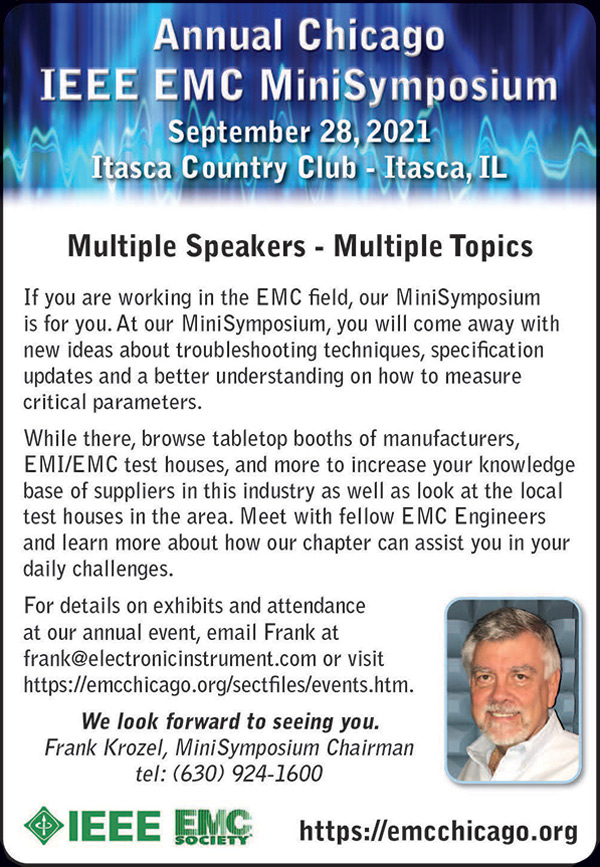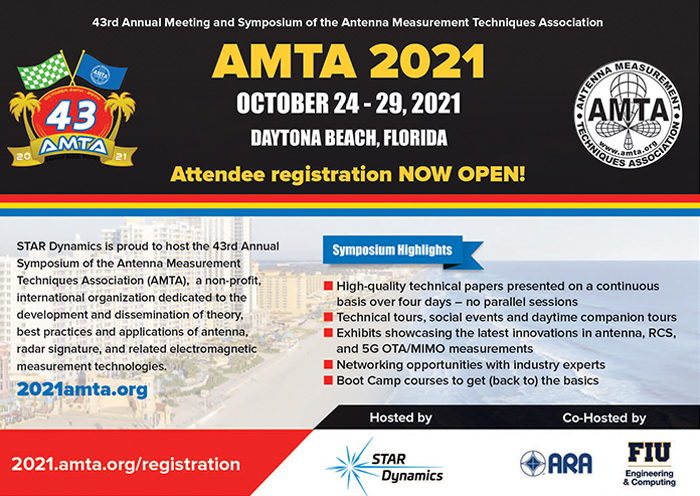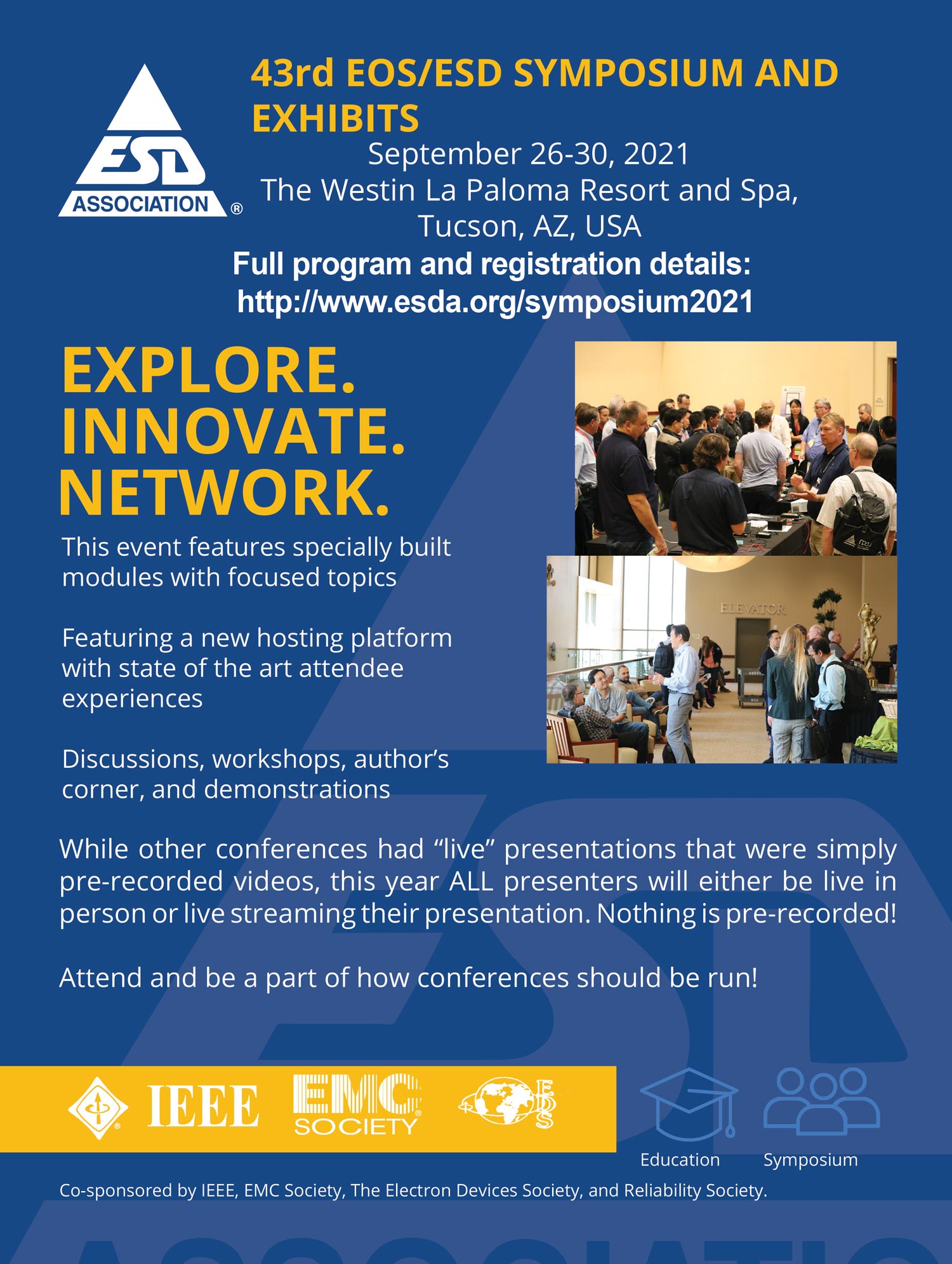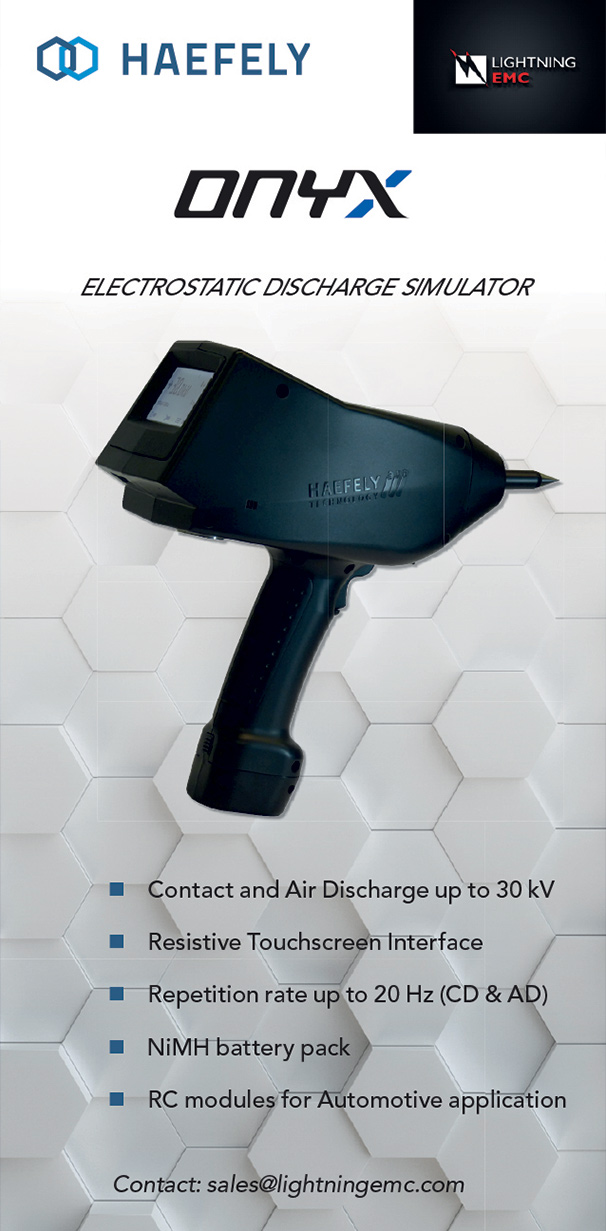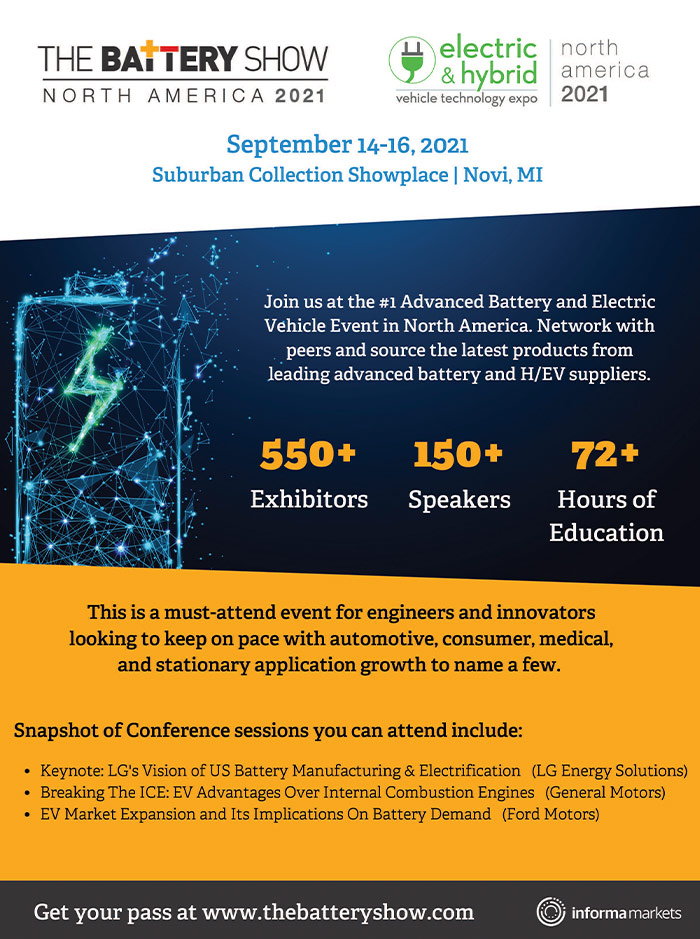
Gone Wrong
The Effect of Standards on Safety and Product Liability Litigation
RF Tech Tip:
BNC Versus Threaded Connectors
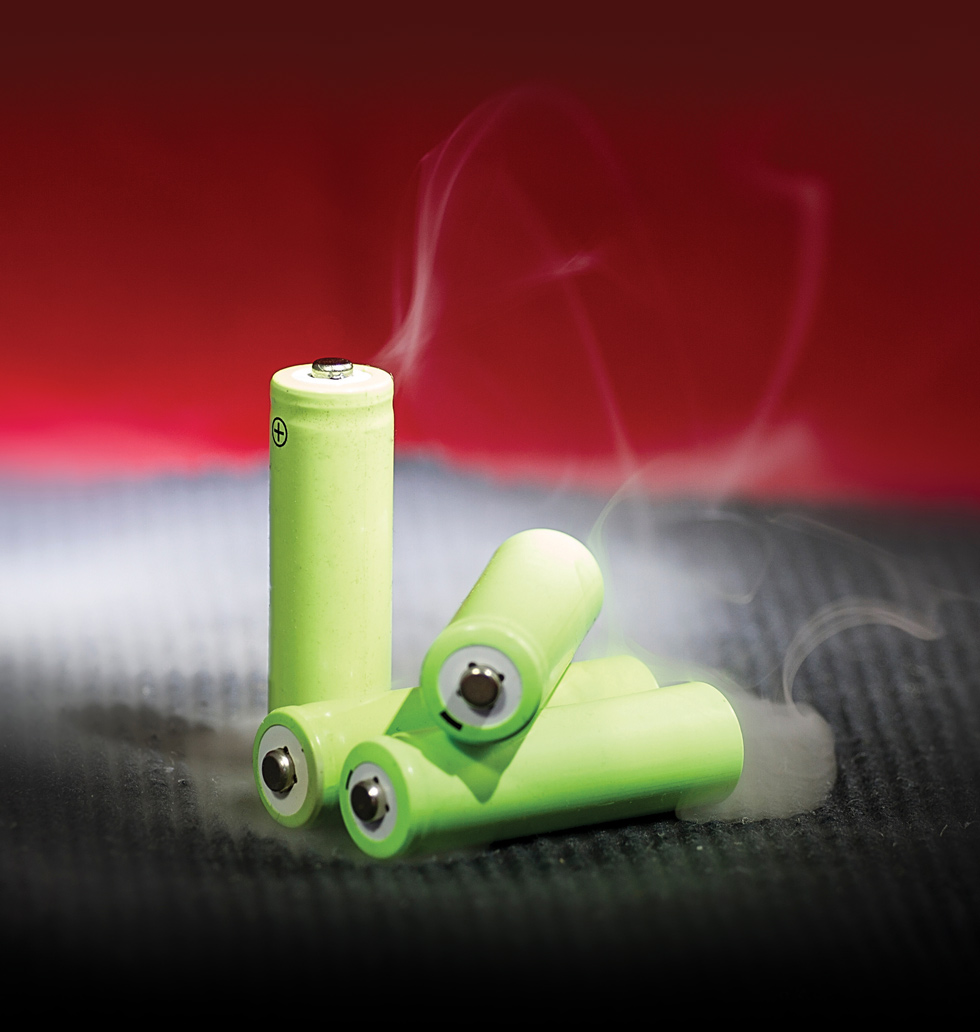
The Effect of Standards on Safety and Product Liability Litigation
RF Tech Tip:
BNC Versus Threaded Connectors
with Ingenuity…
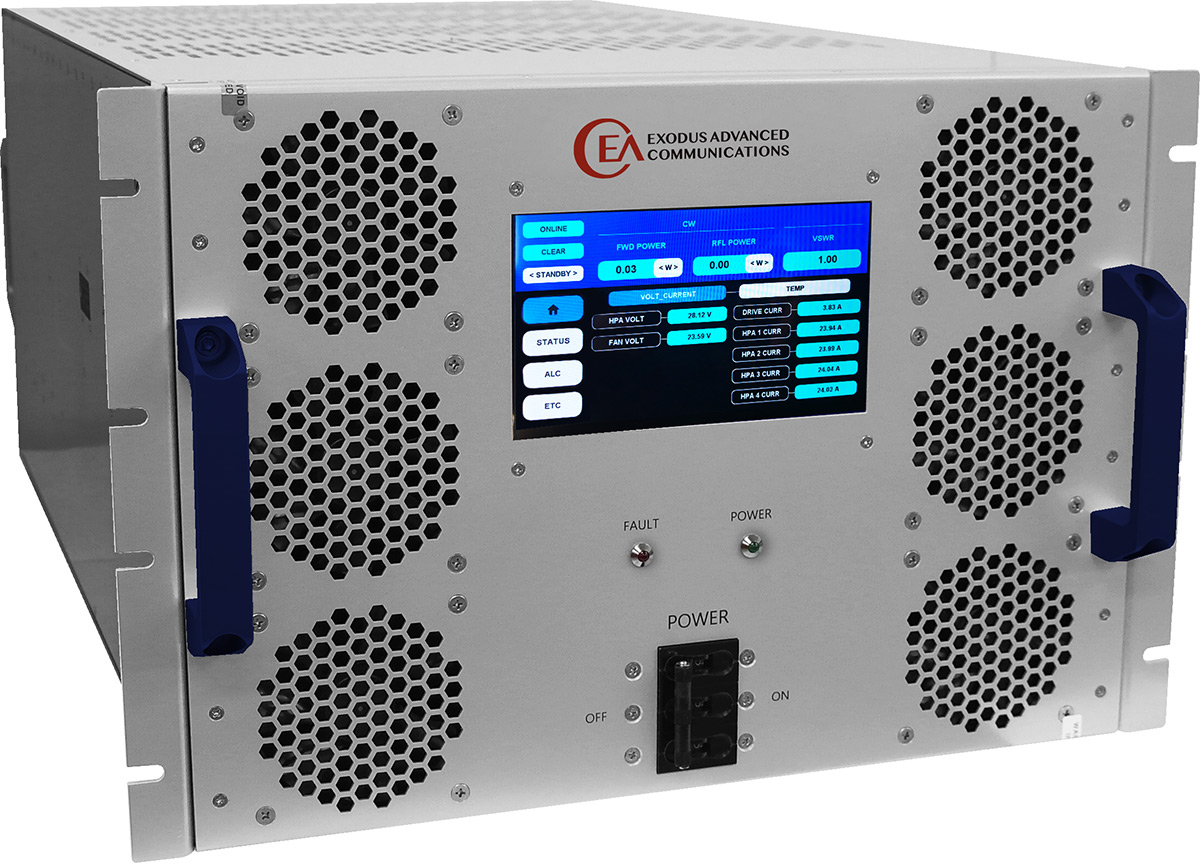
A Compact Powerhouse!
Ingenuity!

Las Vegas, Nevada 89120
Tel: 702-534-6564
Web: www.exoduscomm.com • Email: sales@exoduscomm.com

ISSN 1948-8254 (print)
ISSN 1948-8262 (online)
is published by
Same Page Publishing Inc.
451 King Street, #458
Littleton, MA 01460
tel: (978) 486-4684
fax: (978) 486-4691
©Copyright 2021 Same Page Publishing, Inc. all rights reserved
Contents may not be reproduced in any form without the prior consent of the publisher.
While every attempt is made to provide accurate information, neither the publisher nor the authors accept any liability for errors or omissions.
publisher
bruce@brucearch.com
keith.armstrong@
cherryclough.com
Leo@EisnerSafety.com
dgerke@emiguru.com
ken.javor@emcompliance.com
kenrossesq@gmail.com
wernerschaefer@comcast.net
Subscriptions outside North America are $129 for 12 issues. The digital edition is free.
Please contact our circulation department at circulation@incompliancemag.com

white paper provided by
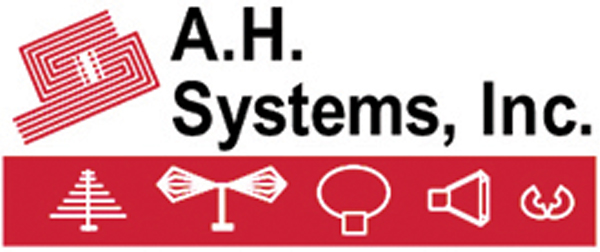
In a Report and Order, the FCC updated the agency’s radio frequency device marketing and importation rules to accelerate the release of new wireless devices. Under the revised rules, manufacturers will be allowed limited marketing and pre-sales of wireless devices to consumers as long as the devices are not actually provided to consumers…
The draft guidance, “Remanufacturing and Servicing Medical Devices,” defines remanufacturing as “the processing, conditioning, renovating, repackaging, restoring or any other act done to a finished device that significantly changes the finished device’s performance or safety specifications…

onald L. Sweeney passed away peacefully surrounded by his family. A native of Clinton, Iowa, and a longtime Glenview, Illinois resident, Don graduated from the University of Illinois in Urbana-Champaign with a degree in Electrical Engineering before embarking on a career of supporting high tech companies, Gates Radio, Collins Radio, AT&T-Teletype, and Extel Corporation before, with his wife Marilyn and son Corey, started his own company, D.L.S. Electronic Systems, today one of the largest independent testing and consulting laboratories in North America.
Don was very active in the American Council of Independent Laboratories as a member of the Conformity Assessment and Product Certification Section. He was a strong supporter and advocate of the Institute of Electrical and Electronic Engineers (IEEE) Electromagnetic Compatibility (EMC) Society, serving the Society in many roles for more than forty years, including the Board of Directors for 18 years, on standards and symposium committees, serving as Angel to several EMC Society chapters, as well as chapter chair of the Chicago EMC Society. Don received the prestigious Laurence G Cumming Award for outstanding contributions to the administration and overall success of the IEEE EMC Society and EMC Education and was an original inductee into the IEEE EMC Society Hall of Fame.
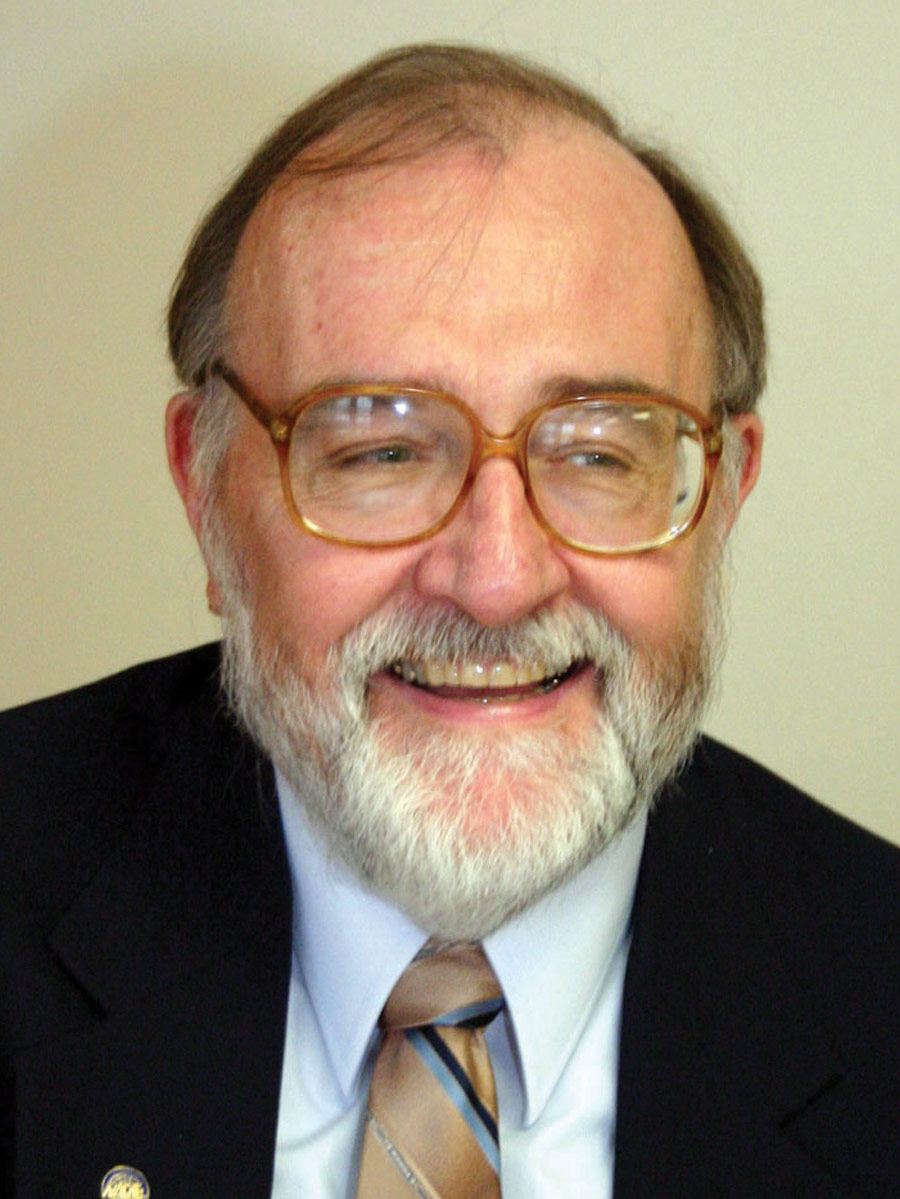

n the world of product safety, it could be said that there are two basic approaches to risk mitigation, proactive and reactive, with proactive being the preferred choice. Most would agree with the adage that “an ounce of prevention is worth a pound of cure,” but in truth, this oversimplifies the reality in which product manufacturers operate. As with most things in life, things are rarely black and white but rather a continuous spectrum of shades of gray.
To this, there are many competing aspects in all commercial product ventures. Could you make a product that was fully reliable under all conditions? Perhaps, but the odds are that it would be a commercial failure as it would take an inordinate amount of time to produce and be prohibitively expensive.
Other ar companies: modular rf • sunar rf motion • ar europe
Other ar companies: modular rf • sunar rf motion • ar europe
for EMC Testing.

For more information on AR Amplifiers visit us at www.arworld.us/systems or call 215-723-8181.

Editor’s Note: The paper on which this article is based was originally presented at the 2020 IEEE International Symposium on Product Safety Engineering held virtually in November 2020. It is reprinted here with the gracious permission of the IEEE. Copyright 2021 IEEE.
Depending on the technical discipline, patterns created by the flow of electrical current have been referred to as dendrites, water trees, or fern patterns—the general term is Lichtenberg figures [1]. The terms dendrite and water tree are generally applied to dielectric failures [2], while the term fern patterns have been applied to patterns sometimes formed in epidermis from a lightning strike. The term fulgurite [3] refers to patterns of fused silica formed from a lightning strike to a soil or sand surface.
Dielectric breakdown of the ethylene propylene rubber (EPR) insulation of electrical power transmission cables has been variously described in the literature as water trees and dendrites. The pattern of formation was first realistically modeled in 1984 and referred to as the dielectric breakdown model [5]. Dendrite patterns can form in circuit assemblies by the stress of an electric field [2] and in electrical insulators (dielectrics) from electric field stresses [5].
that’s right for you

Continuity
Continuity
Continuity
Resistance

roduct liability has created problems for manufacturers and product sellers for many decades. These problems have been exacerbated by the expansion of product liability laws throughout the world. In addition, there has been a proliferation of safety regulatory requirements, starting in the United States (U.S.) and then moving to the European Union. In addition, countries such as Japan, China, Australia, Canada, Brazil, and South Africa have all recently established or strengthened their product safety regulatory regimes and requirements.
This all creates additional challenges for manufacturers who want to comply with all laws, regulations, and standards in any country where they sell their products. Such companies may also need to consider safety requirements in countries where they do not sell products if they believe that these requirements establish a floor for safety that they want to meet.
This article will discuss the basic kinds of defects that can be alleged in any product liability case, the law as it pertains to compliance with standards, and some tips on how to deal with the issue of standards compliance.
BNC Versus Threaded Connectors
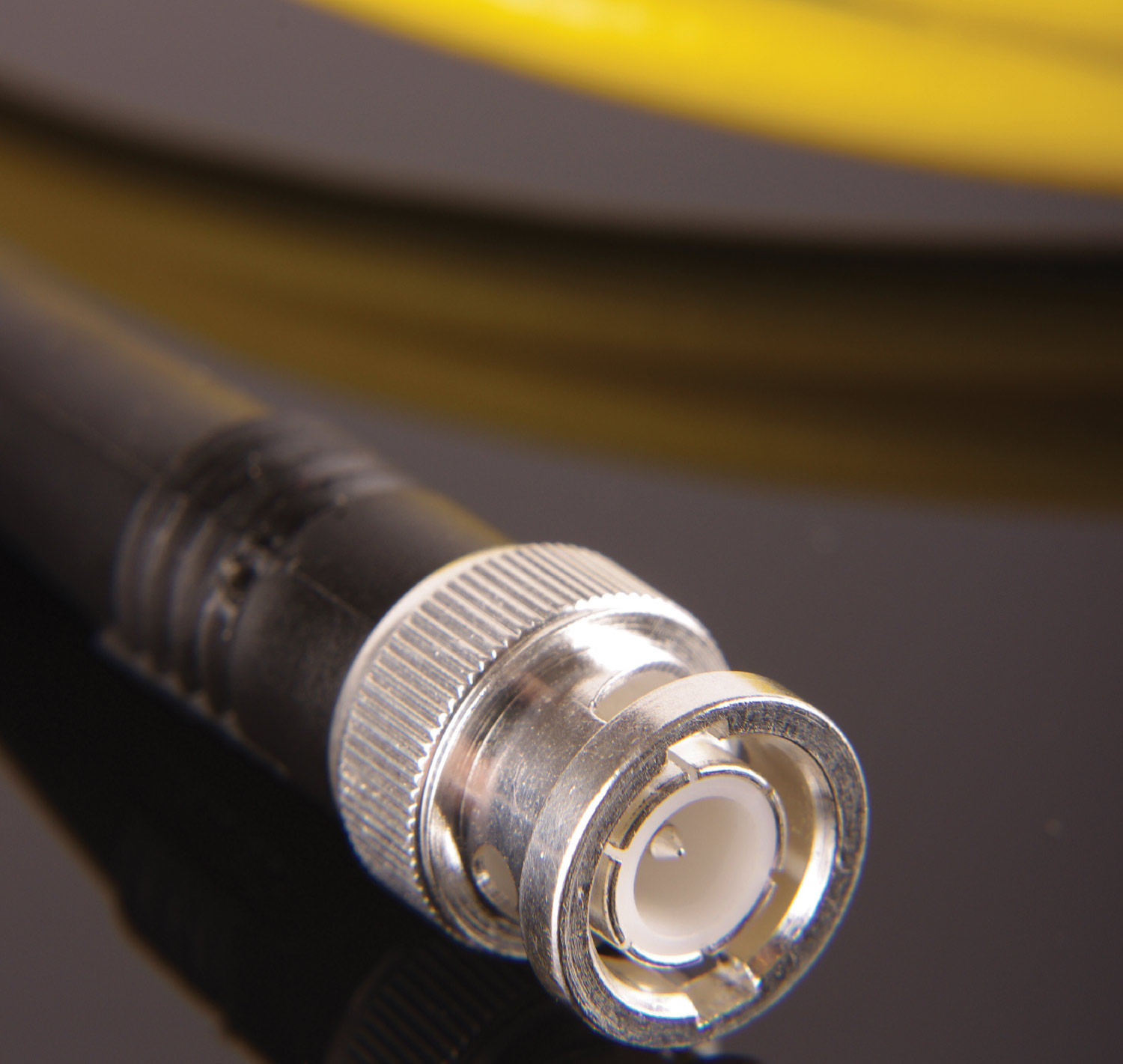
rule-of-thumb in EMC and RF (hereinafter termed “The Rule”) is that bayonet connectors (BNCs) leak above 10 MHz and are thus to be avoided for radiated measurements. Threaded connectors such as TNC, N, and SMA are used for radiated test work. Having said that, to this day my test facility has some old biconicals and rod antennas with BNC connectors. What’s going on?
On one hand, there is The Rule. On the other hand, it doesn’t seem likely that the manufacturers of otherwise fine test equipment would use a leaky connector.
A measurement of connector leakage performance – BNC vs. threaded – is revealing.
One might imagine a connector leakage test to look like Figure 1, where a signal is piped through a length of coaxial cable, and the radiation due to that signal is measured externally.
his is the fourth article in a series of articles devoted to the design, test, and EMC emissions evaluation of 1- and 2-layer PCBs that contain AC/DC and/or DC/DC converters, and employ different ground techniques [1, 2, 3]. In this fourth article, we are still focused on the DC/DC power converter board (2-layer PCB). In this article, we will evaluate the implementation of several EMC countermeasures and present the radiated emissions results according to CISPR25 Class 5 limits.
The third article [3] presented the radiated and conducted emission results from the baseline design which did not contain any EMC countermeasures. The results showed multiple failures in both radiated and conducted emissions. This fourth article presents a systematic approach to improve these failures by populating the PCB with optional EMC countermeasures on component pads that have already been designed into the PCB layout and showing their impact on the radiated emissions. The countermeasures are presented in an order that we would typically follow in an EMC diagnostic session where, due to time restrictions, not every single permutation of EMC countermeasure will be tested. The EMC countermeasures are illustrated in Figure 1 as purple dashed boxes labeled EMC-A through EMC-F.

OBJECTIVE: To assess the potential electromagnetic interference (EMI) effects that new or current-generation cellular telephones have on medical devices.
MATERIAL AND METHODS: For this study, performed at the Mayo Clinic in Rochester, Minn, between March 9, 2004, and April 24, 2004, we tested 16 different medical devices…
Radar-controlled gun on board a refitted warship. VHF transmissions would make the gun guidance go wild, pointing it into the superstructure etc. Lucky it wasn’t loaded.
My own experience. Radio ham, transmitting on a UHF channel 433.325MHz hears own voice on a VHF transceiver…
A widespread problem with a mysterious radio signal that caused some garage doors in the Ottawa region to stop working has vanished. The powerful radio signal causing the problem stopped transmitting on Thursday afternoon, around the time CBC News contacted the U.S. Embassy to ask if it knew anything about it. The embassy denies…
The ban on the use of mobile phones by passengers on planes is set to continue. New tests by the Civil Aviation Authority confirmed that phones are still a threat to aircraft. The latest study found that the use of mobile telephones can adversely affect navigation and communication functions, producing significant errors on instrument displays…
DesignCon 2021
August 16-19
Military Standard 810 (MIL-STD 810) Testing Open Course
August 23-26
Military Standard 810 (MIL-STD 810) Testing Open Course
September 14-16
The Battery Show
September 20-24
IEEE International Symposium on Product Compliance Engineering (ISPCE)
2021 Minnesota EMC Event
September 26- October 1
43rd Annual EOS/ESD Symposium and Exhibits
September 27-30
2021 Asia-Pacific International Symposium on Electromagnetic Compatibility (APEMC)
September 28
IEEE EMC Chicago Mini Symposium
September 30
EMC Fest 2021
View Index




